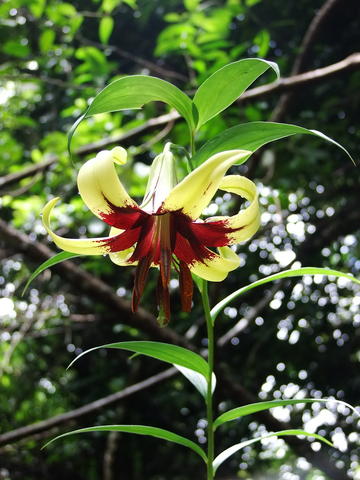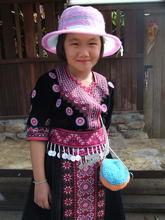The ethnobotany of Hmong from six villages in Mae Rim district, Chiang Mai province, was compiled during March 2012 to February 2013. Eight informants were interviewed individually in the field and the information was verified three times. Two hundred and sixty seven documented species belonged to 80 families and 204 genera. Hmong collected a wide variety of plants from home gardens and natural habitats. Threatened plants of Thailand found were from home gardens i.e. Elsholtzia penduliflora and forests i.e. Lilium primulinum var. burmanicum, Tacca chantrieri and Thunbergia hossei. Uses of plants were categorized into eight groups; medicines (223 species), food (129 species), food additives (24 species), animal food and medicines (24 species), social uses (39 species), fuels (8 species), materials (28 species) and poisons (8 species). Species which were used by all informants could be potentially selected as commercial food, effective medicinal plants and others, especially, those medicinal plants from eight categories which were supported by informant consensus. This research helps the compilation of traditional botanical knowledge before its depletion by acculturation and hopes that the Hmong will keep their traditional knowledge, appreciate its value and transmit it to the next generation.



